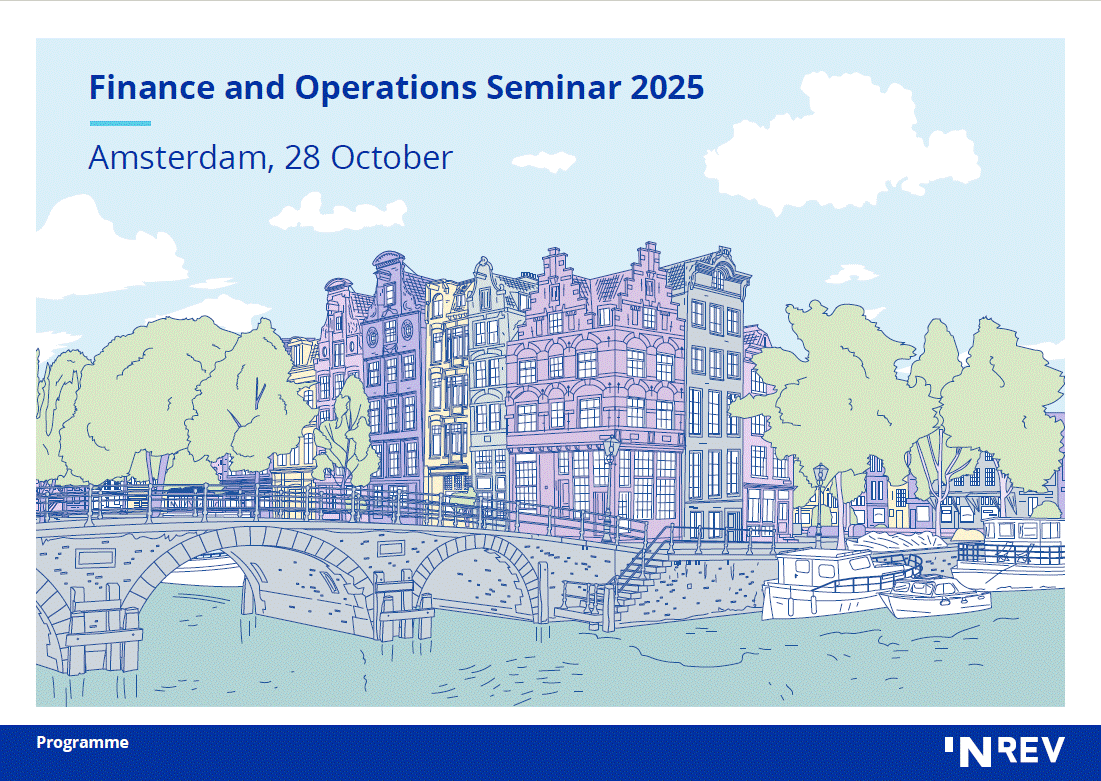In recent years, the boundaries separating retail and institutional investment access have begun to blur. Amid a persistent lower-yield environment, retail investors have shown growing demand for the higher return potential offered by private markets, including private equity, private debt, infrastructure, digital assets, and real estate funds. This demand is pressuring regulators across the globe to reconsider the long-standing restrictions that limit retail access to private funds.
For asset managers, this trend presents both a growth opportunity and a compliance challenge. As jurisdictions begin to dismantle regulatory barriers, firms must be prepared to manage the risks, reporting complexities, and data requirements of a changing investor base.
What’s Driving the Shift?
Several converging factors are accelerating the push to expand retail access to private funds. Retail investors are increasingly seeking alternatives as traditional markets grow more concentrated and volatile. In response, they are turning to private assets in search of greater diversification and the potential for higher returns, despite the trade-offs of increased illiquidity and complexity.
At the same time, private markets have become institutionalized, moving from niche offerings to core components of large institutional portfolios. Retail investors are observing this trend and want similar exposure.
Policymakers are also playing a key role in this shift. Many are motivated to close the so-called “access gap” in investment opportunities, with the aim of democratizing finance, stimulating long-term capital formation, and offering savers (including those planning for retirement) a broader set of investment choices.
Finally, technological and structural innovations are making retail distribution of private assets more practical. Advancements like tokenization, digital investment platforms, and the development of semi-liquid fund structures are removing some of the operational hurdles that historically limited access for non-institutional investors.
Where Is Change Happening?
Regulatory developments are gaining momentum globally. Some notable examples:
United States
-
- The SEC is reviewing rules under the Investment Company Act and Advisers Act, particularly surrounding accredited investor definitions and access through registered funds (ex., interval funds or tender offer funds).
- Recent reforms have expanded the accredited investor category and encouraged the use of evergreen private fund structures for broader access.
European Union
-
- The Alternative Investment Fund Managers Directive (AIFMD) currently restricts retail access to AIFs. However, there is growing debate in some countries on using ELTIFs (European Long-Term Investment Funds) as a bridge. As an example, Germany’s BaFin has shown interest in modernizing its regulatory treatment of semi-professional investors, potentially widening the funnel to retail participation in closed-end AIFs.
- ELTIF 2.0, which took effect in January 2024, significantly broadens retail eligibility, streamlines requirements, and is being watched as a test case across the union. Luxembourg plays a central role in the rollout of ELTIF 2.0 vehicles, serving as a strategic hub for enabling EU-wide retail access to private assets through simplified structures.
United Kingdom
-
- The FCA has been advancing the Long-Term Asset Fund (LTAF) framework for retail and defined contribution (DC) pension investors. The UK is actively encouraging fund managers to use LTAFs to offer private market exposure to broader investor classes.
Japan
-
- The Financial Services Agency (FSA) is exploring reforms to allow more flexible fund distribution, particularly around private equity and venture capital for high-net-worth individuals.
- Regulatory sandboxes have enabled some experimentation with retail access to alternatives.
Hong Kong
-
- The SFC has launched consultation papers on broadening the distribution of private assets through fund platforms, as well as enhancing risk disclosures and suitability checks.
- Hong Kong is looking to position itself as a hub for regulated alternatives, balancing investor protection with market development.
Singapore
-
- MAS is developing a Long-Term Investment Fund (LIF) framework to offer retail access to private equity, credit, and infrastructure, with built-in safeguards and liquidity controls.
- The initiative supports Singapore’s broader goal of becoming a regional hub for alternative investments and wealth management.
Implications for Asset Managers
These regulatory shifts could reshape product design, compliance frameworks, and client engagement models for asset managers.
Opportunities:
Opening private funds to retail investors unlocks a significant new investor segment, giving asset managers access to a much larger pool of capital beyond traditional institutional channels. To accommodate this shift, firms are developing innovative fund structures such as interval funds, tender offer vehicles, and mutual fund wrappers that make private assets more compatible with retail distribution. These formats provide regulated access points while balancing liquidity, transparency, and suitability requirements for individual investors.
Challenges to Consider:
- Investor Suitability and Education
- Retail investors require enhanced disclosures and education around liquidity, valuation, and risk profiles.
- Operational and Reporting Complexity
- Firms must manage more frequent and granular reporting, including ESG, liquidity risk, and look-through transparency.
- Data architecture must evolve to support reporting requirements aligned with evolving product types, such as UCITS-like or retail AIF standards.
- Regulatory Overlap
- While not a new complexity, cross-border offerings will need to continue navigating multiple, sometimes conflicting, regimes. These regimes may stipulate differing product composition, licensing, and marketing threshholds.
- Fund Liquidity Structures
- New products may need to use interval structures, redemption gates, or hybrid formats to accommodate retail participation.
How to Prepare: A Product & Data Perspective
Asset managers looking to capitalize on these developments should begin laying the groundwork now:
- Design semi‑liquid product wrappers: Work with product structuring teams to design interval‑ or tender‑offer funds that comply with U.S. registered‑fund standards, ELTIF public AIF criteria, or Hong Kong Listed Alternative Fund frameworks.
- Review distribution partnerships: Consider collaboration with platforms or digital marketplaces that cater to affluent or retail audiences while maintaining regulatory compliance.
- Assess data infrastructure readiness: Can your current data providers and systems support granular reporting for diverse regulatory regimes? Start reviewing your current capabilities against upcoming distribution goals and regulatory requirements.
- Invest in investor transparency tools: Be ready to supply new reporting that also simplifies fund mechanics and regulatory information.
- Scenario plan for regulatory triggers: Ensure your regulatory monitoring capabilities allow your legal and compliance teams to anticipate rule changes in jurisdictions of interest. Integrate monitoring with product development, and develop playbooks for launching compliant retail-facing private funds.
Final Thoughts
While the democratization of private markets is still unfolding, it’s clear that a growing number of global regulators are willing to rethink long-held assumptions. Asset managers should approach this as a long-term opportunity. Not just to unlock capital, but to innovate in investor experience, data transparency, and compliance delivery.
Firms that prepare now and have scalable data management and regulatory reporting infrastructures will be best positioned to lead as these new distribution pathways emerge.
Contact us today to learn more about these exciting new opportunities.


